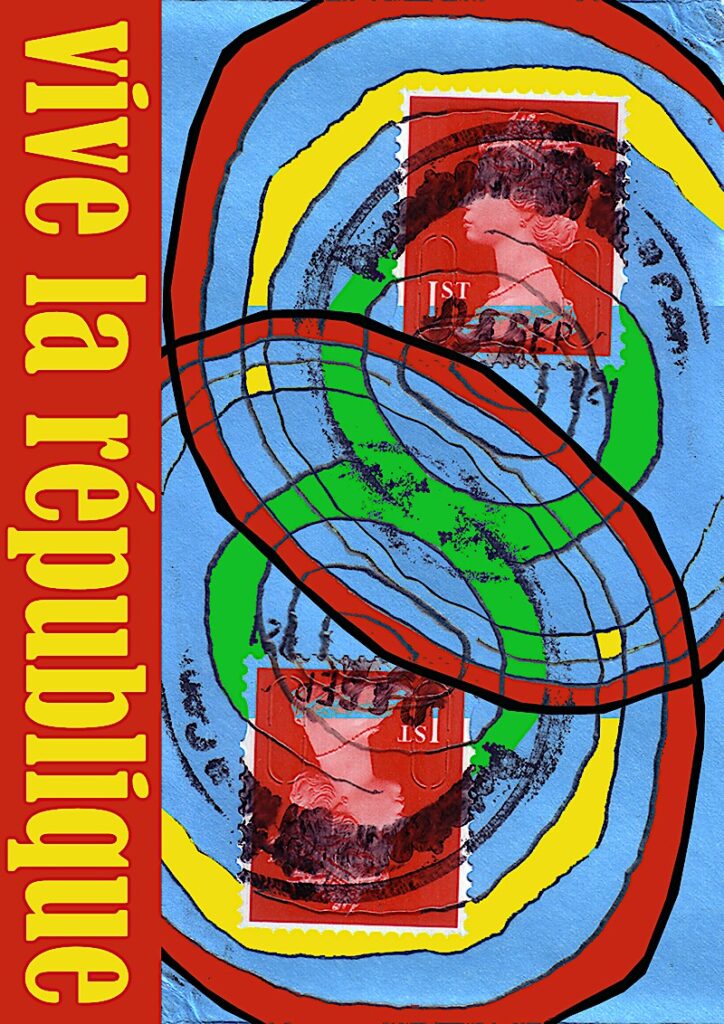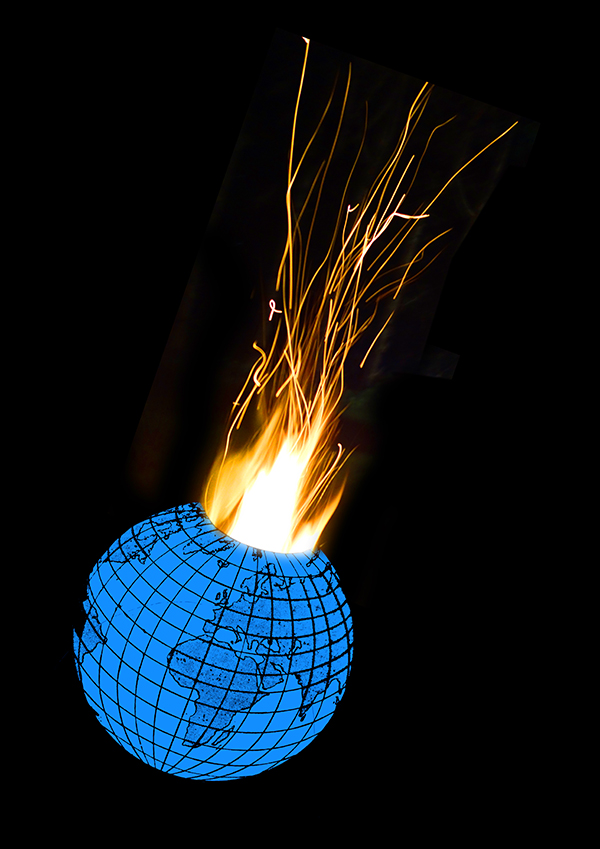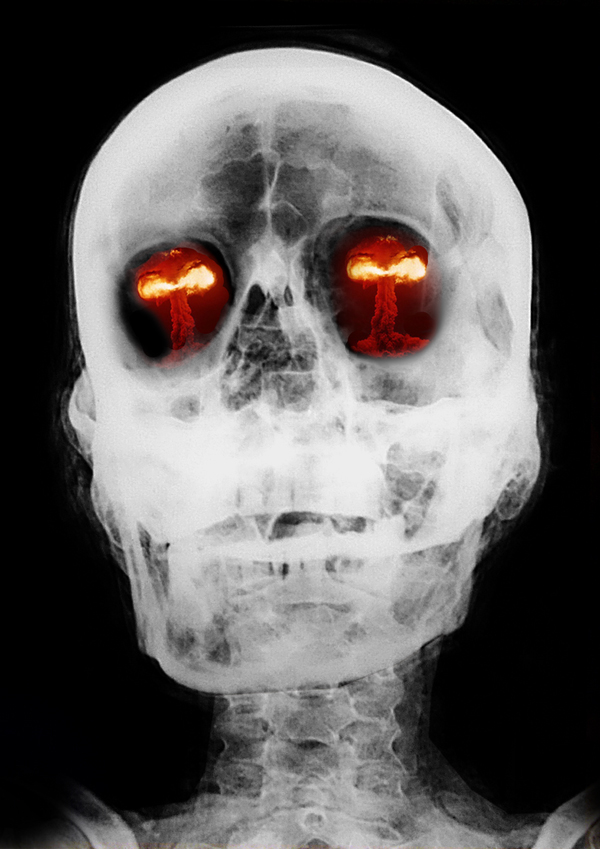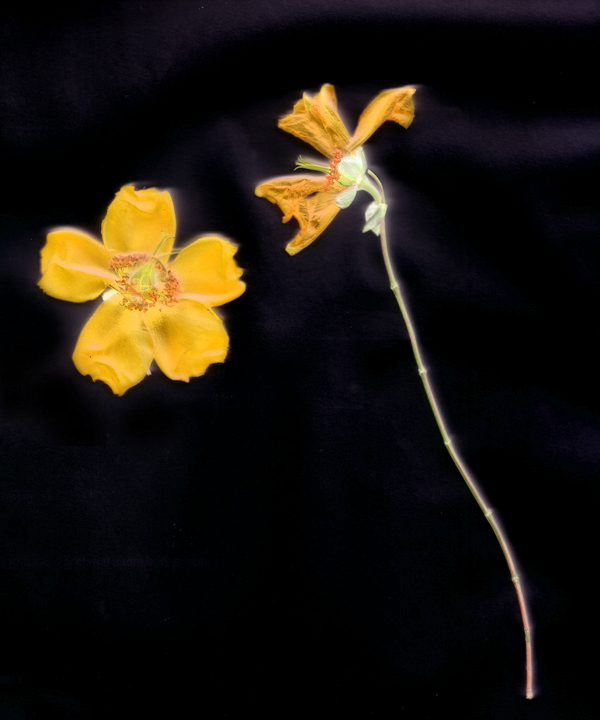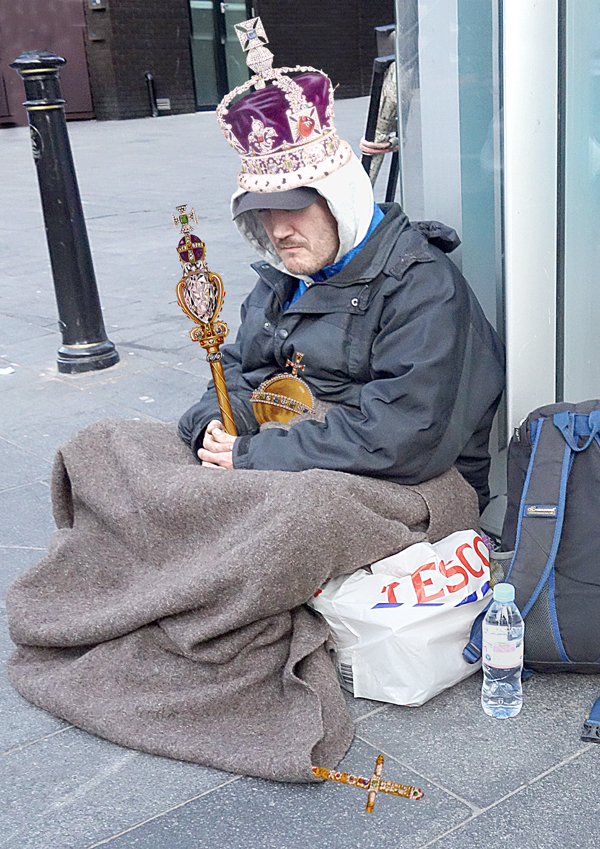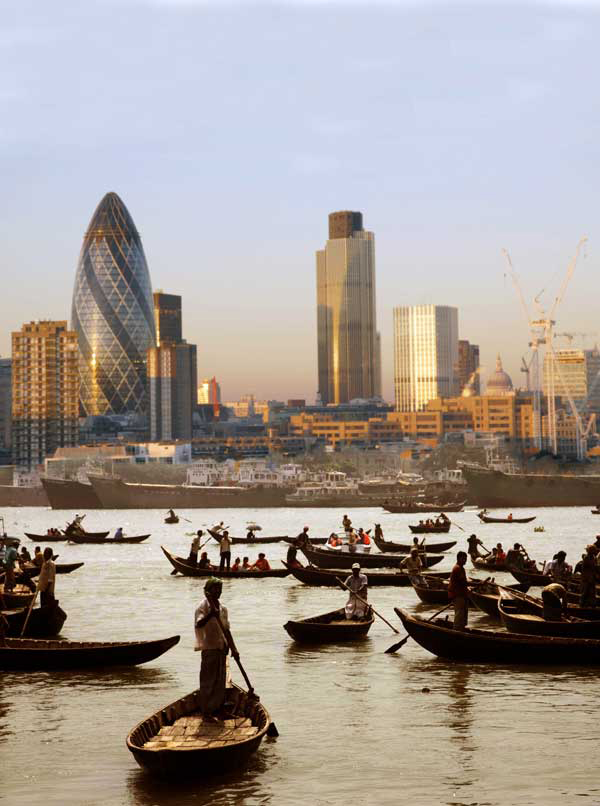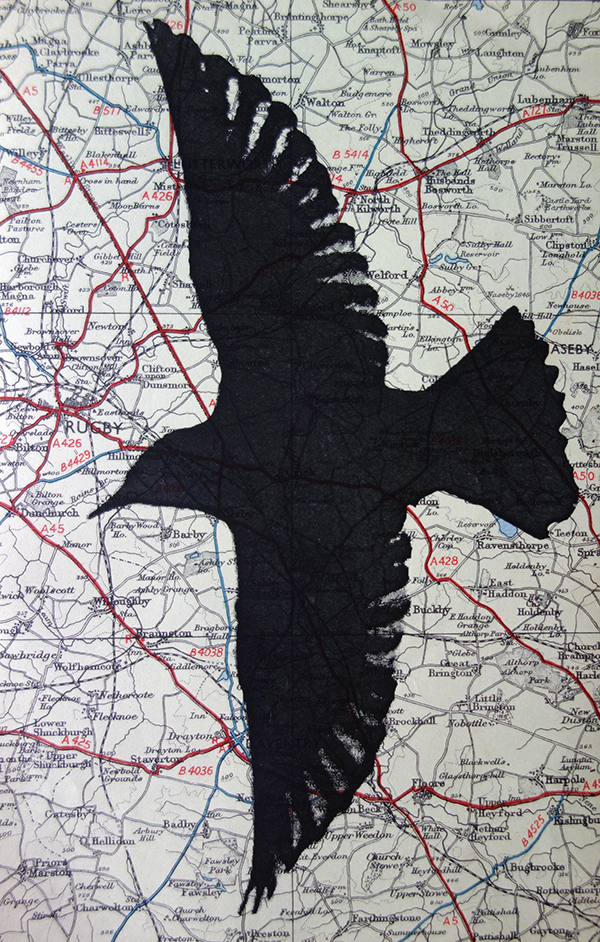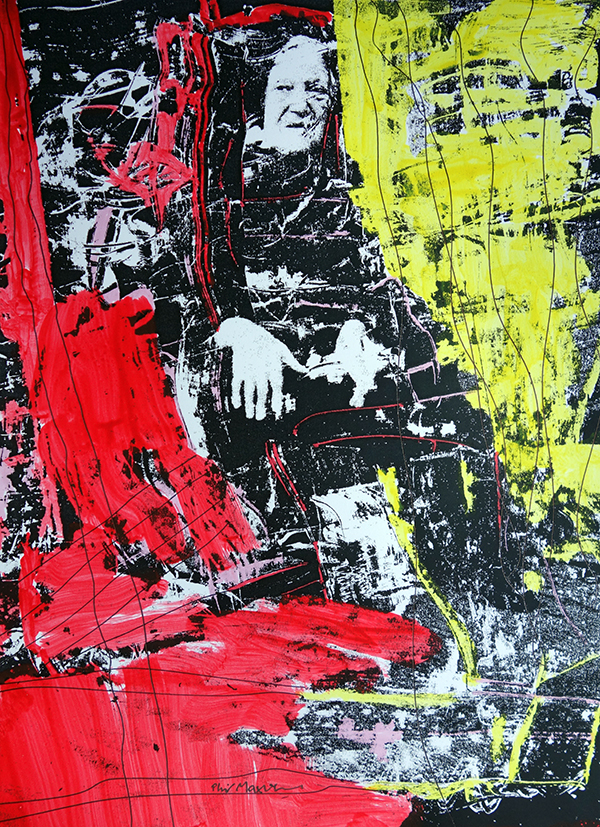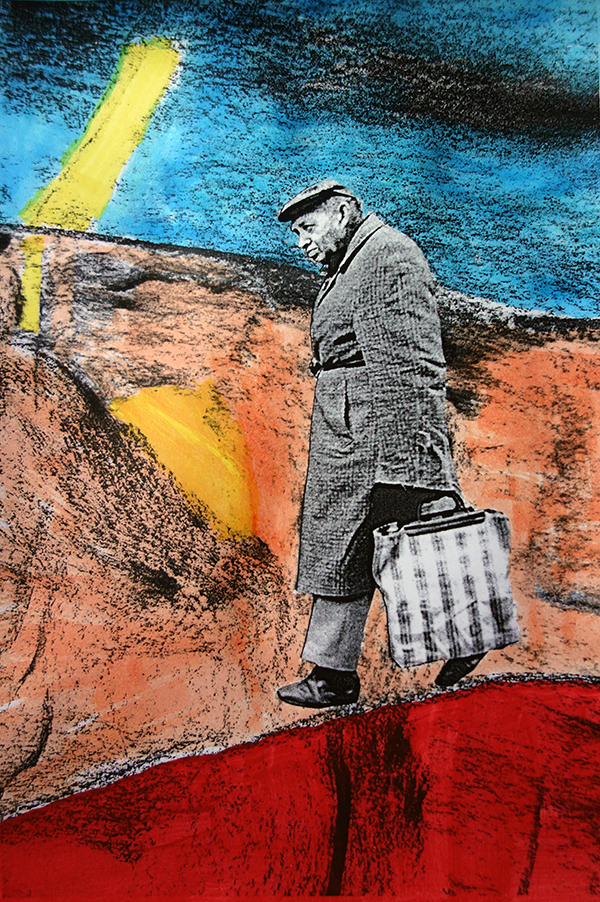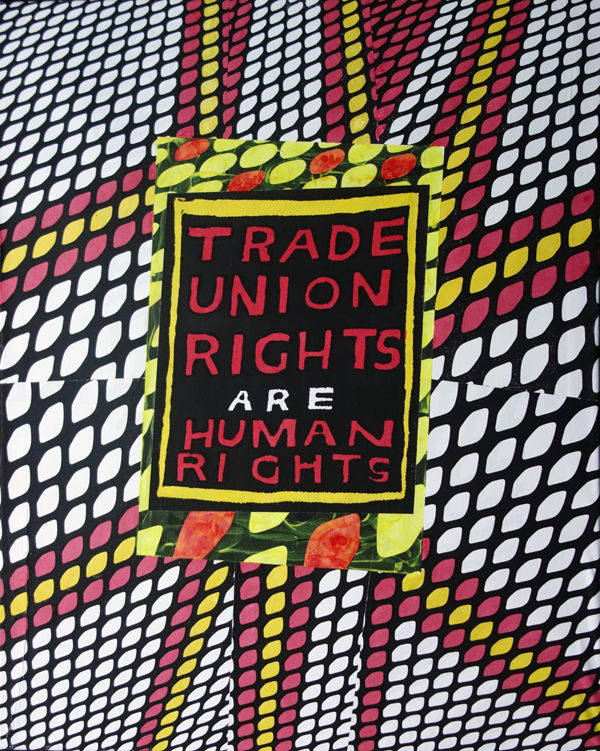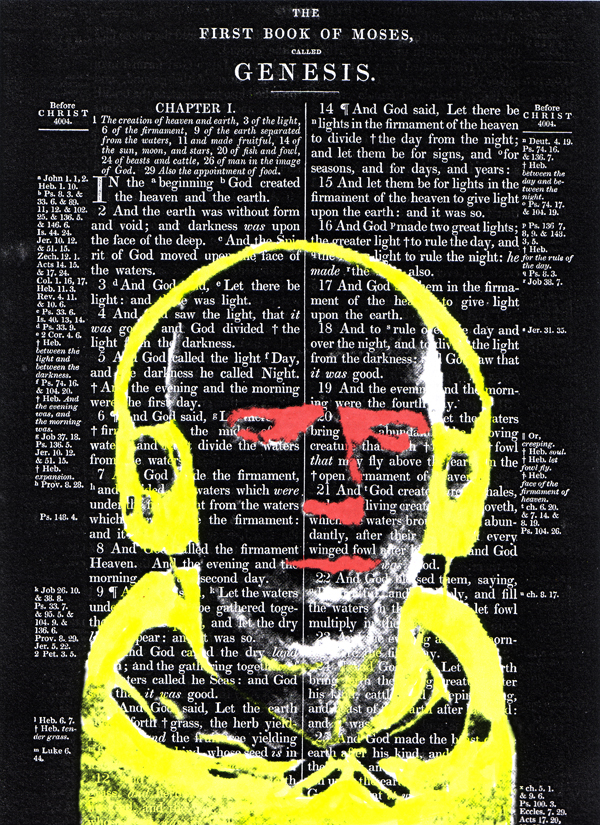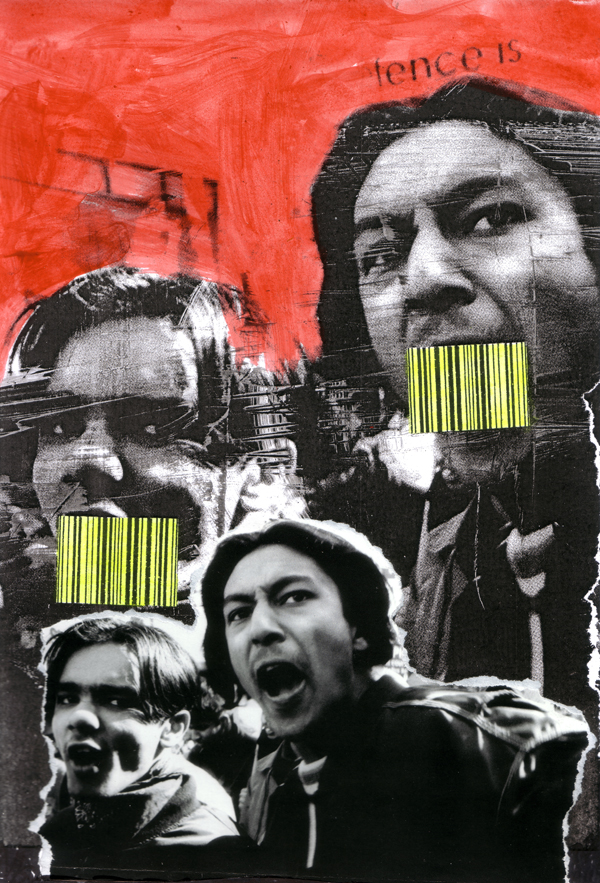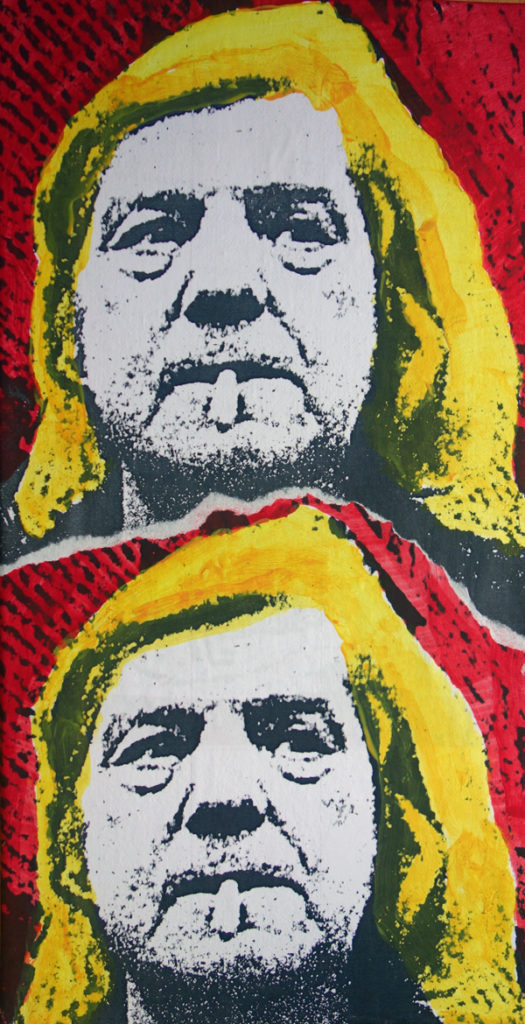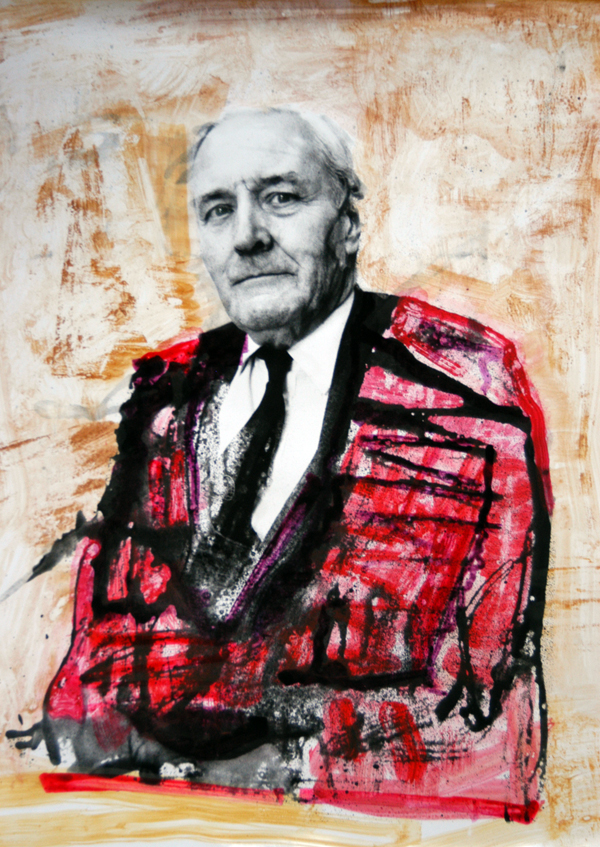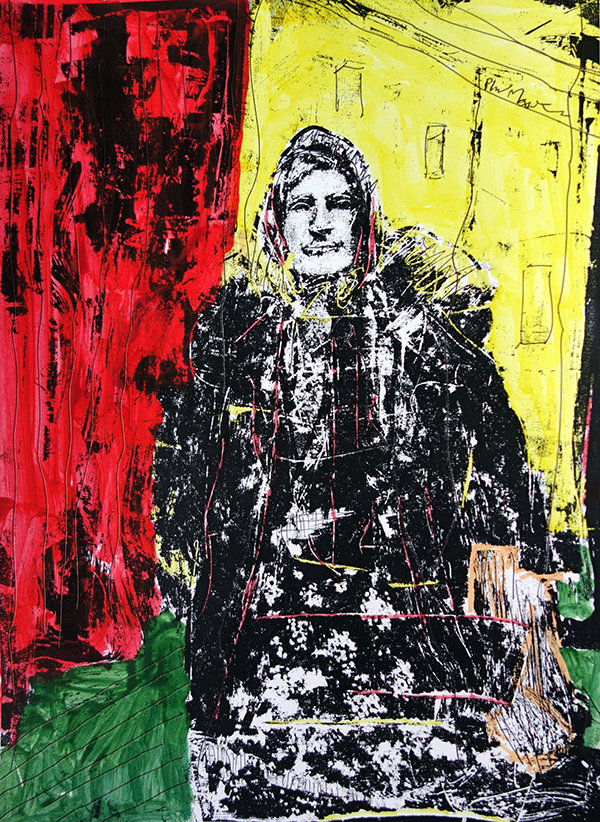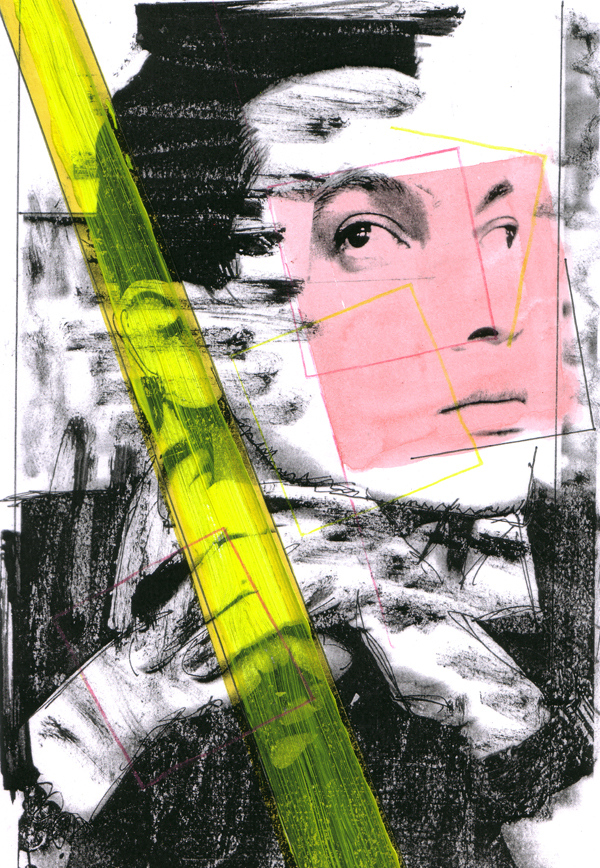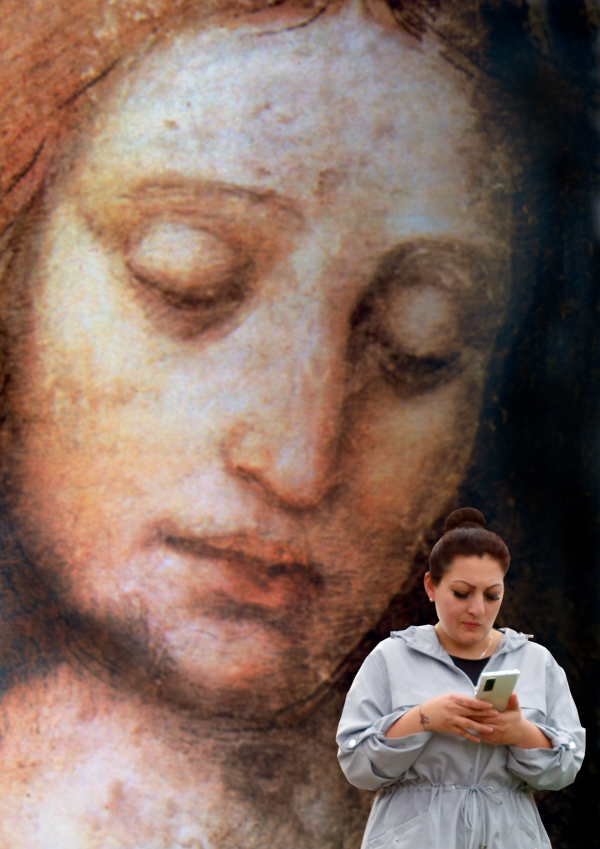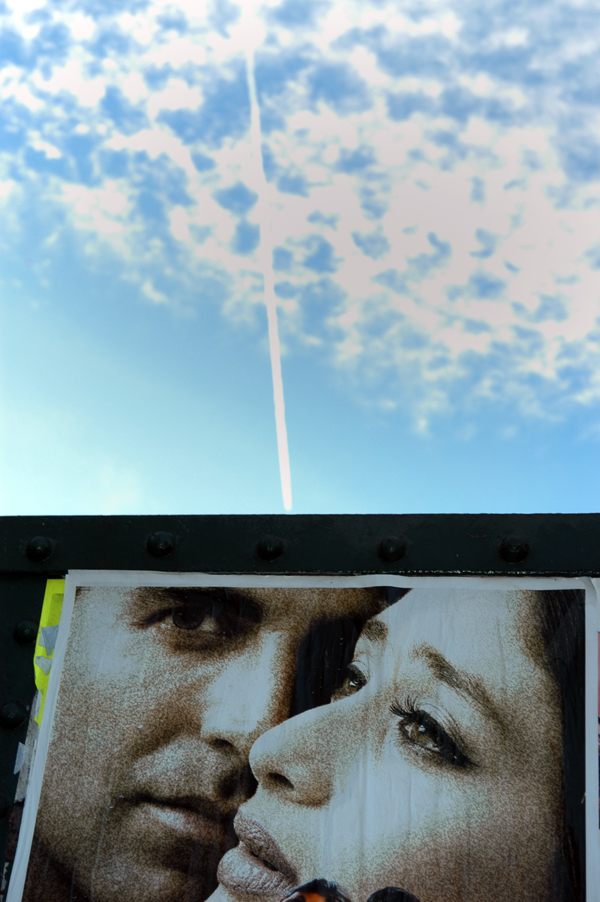Aerial Map
The descriptions that the mainstream media use to describe the war on Palestine (they never call it that) have a computer game fantasy element to them. The so called ‘surgical strikes’ of the Israeli air force are illustrated with video footage capturing an exploding missile which somehow miraculously avoids civilian casualties or as the military spin doctors are fond of calling it ‘collateral damage’. Despite huge efforts by the IDF to prevent communications coming out of Gaza (they regularly target telecommunications infrastructure) citizen journalists with mobile phones gather video of what is really happening on the ground. They do this at great risk to themselves and many have been murdered by the IDF.
The first casualty in war is always the truth but thanks to the bravery of Al Jazeera journalists and others the horror of the daily genocide in Gaza is there for all to see. The pioneering journalism of these seekers of truth eclipses the digital imagery from drones and makes BBC reporters giving scripted reports from their hotel balconies in Jerusalem look pathetic.
I’ve often thought that the drone footage released by the Israelis resembles the surface of the moon; unsurprising really when you consider that much of Gaza has been raised to the ground. I’ve tried to reflect this in ‘Aerial Map’ but this lunar surface of genocide also has rivers of blood.
The Committee for the Protection of Journalists (CPJ) is investigating all reports of journalists and media workers killed, injured, or missing in the war, which has led to the deadliest period for journalists since CPJ began gathering data in 1992. Here is part of their report:
“As of January 17, 2024, CPJ’s preliminary investigations showed at least 83 journalists and media workers were among the more than 25,000 killed since the war began on October 7—with more than 24,000 Palestinian deaths in Gaza and the West Bank and 1,200 deaths in Israel.
The Israel Defense Forces (IDF) told Reuters and Agence France Press news agencies that it could not guarantee the safety of their journalists operating in the Gaza Strip, after they had sought assurances that their journalists would not be targeted by Israeli strikes, Reuters reported on October 27.
Journalists in Gaza face particularly?high?risks as they try to cover the conflict during the Israeli ground assault, including devastating Israeli airstrikes, disrupted communications, supply shortages, and extensive power outages.
As of January 17:
- 83 journalists and media workers were confirmed dead: 76 Palestinian, 4 Israeli, and 3 Lebanese.
- 16 journalists were reported injured.
- 3 journalists were reported missing.
- 25 journalists were reported arrested.
- Multiple assaults, threats, cyberattacks, censorship, and killings of family members.
CPJ is also investigating numerous unconfirmed reports of other journalists being killed, missing, detained, hurt, or threatened, and of damage to media offices and journalists’ homes.
“CPJ emphasizes that journalists are civilians doing important work during times of crisis and must not be targeted by warring parties,” said Sherif Mansour, CPJ’s Middle East and North Africa program coordinator. “Journalists across the region are making great sacrifices to cover this heart-breaking conflict. Those in Gaza, in particular, have paid, and continue to pay, an unprecedented toll and face exponential threats. Many have lost colleagues, families, and media facilities, and have fled seeking safety when there is no safe haven or exit.”

